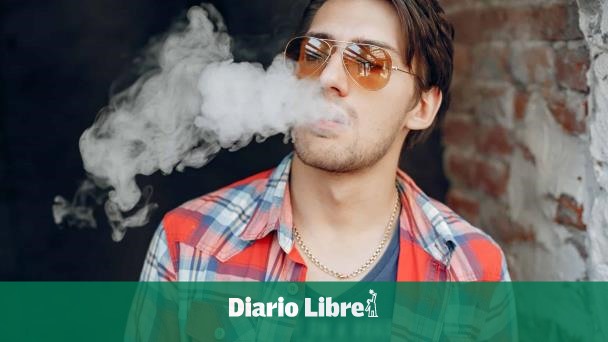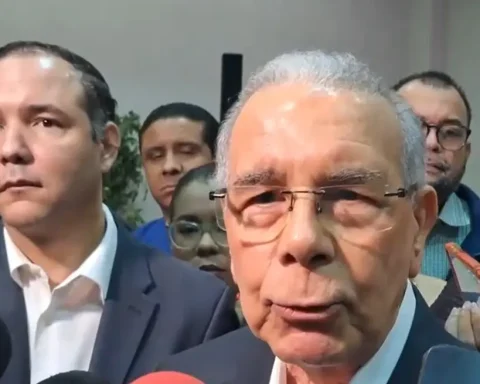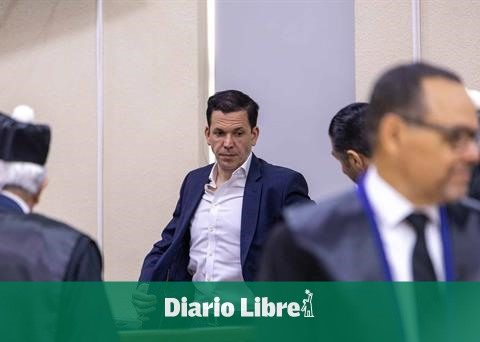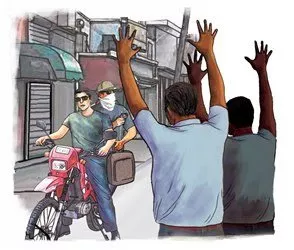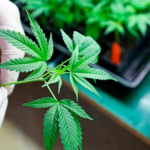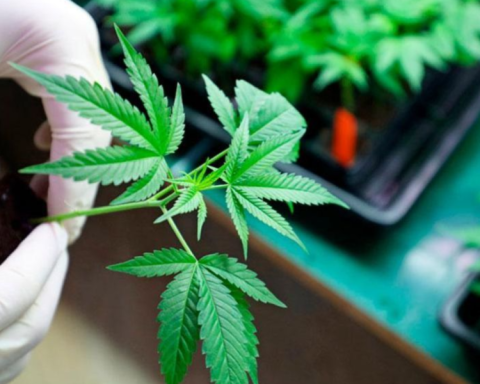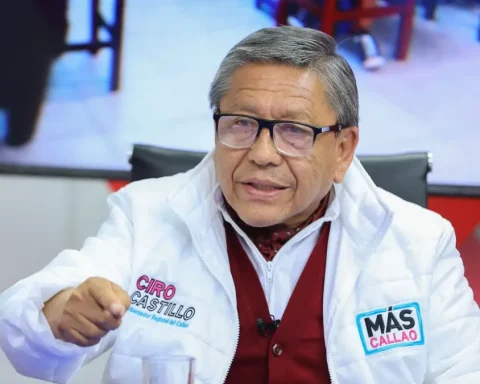Between the years 2017 and 2023, the Center of Comprehensive Care for Boys, Girls and Teenagers in Psychoactive Substance Use (Cainnacsp) evaluated 760 teenagersof which 40% (303 patients) presented addiction to the cannabis or marijuana; 33% to alcohol (254) and 26% became addicted to nicotine through different consumption devices (cigarette, hookah, vape). Four other patients admitted to being addicted to cocaine.
43% of these patients suffered from depression; 40% displayed challenging behavior; 15% disorder dissocial; another 15% disorder due to attention deficit and hyperactivity disorder (ADHD) and 9% intellectual disability. 19% (about 147 youths) presented dual pathology, that is, addiction and disorder mentally simultaneously.
These data were shared by the psychiatrist Víctor Figueroa during his participation in the V Symposium “Multidisciplinary approach to addiction“, coordinated by the Fénix Foundation, in conjunction with the Ministry of Public Health and the National Health Service.
The doctor explained that the stories of addictions They always have a background. It is estimated that one in ten people in the world develops some addictionthe age group being 12 to 25 years old where peaks of anxiety are observed and 16 to 18 years old where there is greater induction into substance consumption.

Among the factors that unleash the addictions in the teenagersFigueroa cited: need of reaffirmation, rejection of adult life, susceptibility to the pressure of the environment in which it develops, need of transgression, low tolerance for frustration, families dysfunctional and the ‘presentism’which he defined as that desire to “want everything, here and now.”
Level biologicalthese youths They have an immature limbic system and prefrontal cortex in the brain, which leads to an inclination towards reward immediately, without them feeling fear or measuring consequences.
“We are very hard on the generations youthsthat more than criticism, they need guidance,” he said at the end of his presentation.
Activation of dopamine
Meanwhile, the psychiatrist Rafael Johnson, in his talk “Neurobiology of the addiction“, he highlighted that when talking about addictions is not only limited to alcohol and drugs, but can include food, pornography, video games, among other elements that activate the dopaminewhich he defined as the “hormone of joy.”
“Everything that is excessively gratifying, that produces euphoria or calming can be addictive,” he said.
“The brain mechanisms of reward They are primitive, they are what lead you to survival, we live in the recurrence of the search for pleasure and that is why there is a high incidence of relapses. The addiction It is a brain disease, it does not cause fever or pain. The human being, long before being reason, is emotion,” explained the clinical director of the Clarium center.
Johnson stated that the great challenge is not to make the patient stop using, but to modify their habits and characteristics through a multidisciplinary team, “something that is built every day.”
“The end is modify behavior patternsthe ability to manage emotions and feelings, learn to tolerate pain, discomfort and psychoeducate the entire family so that everyone assumes their role,” added Diane Bisonó, president of the Fénix Foundation.
